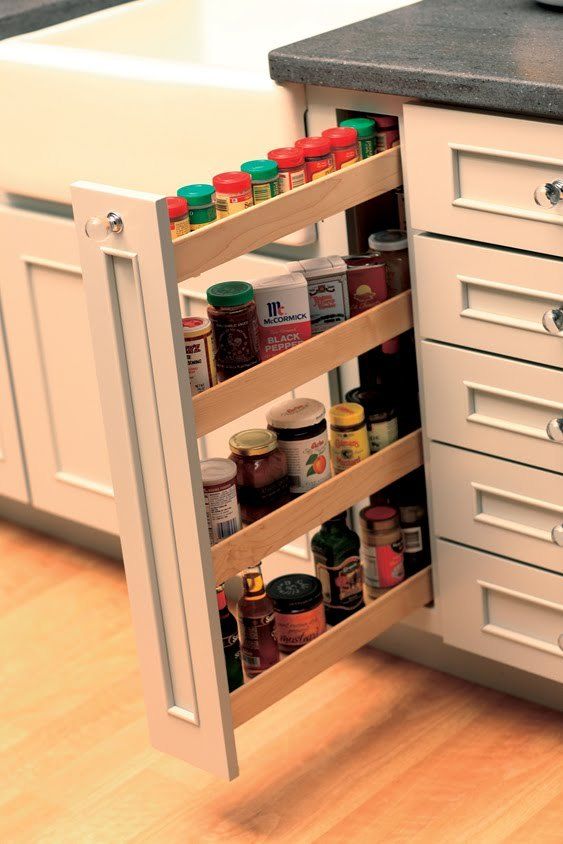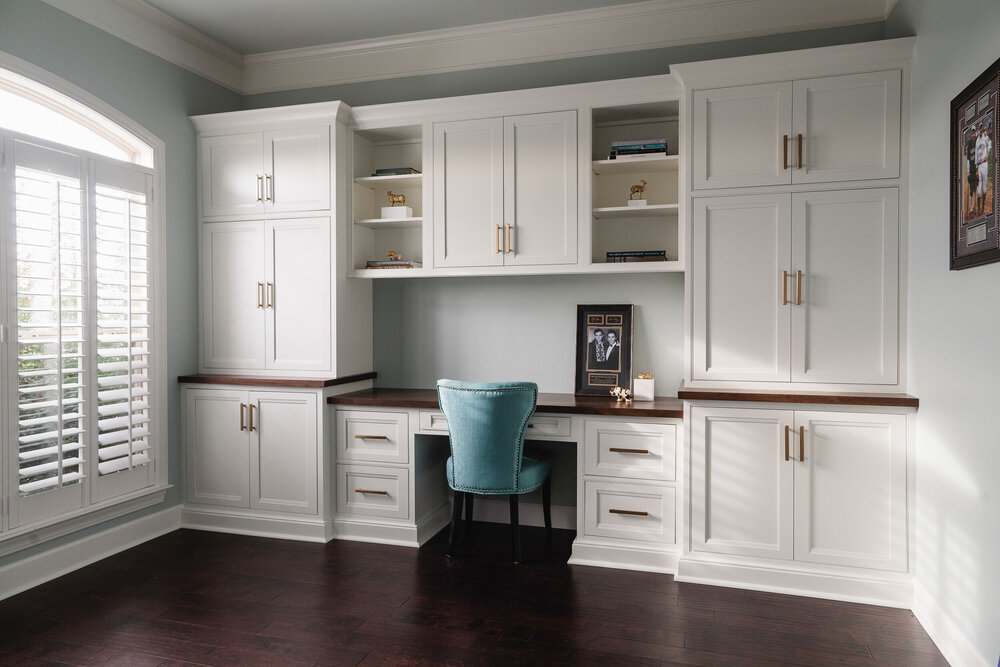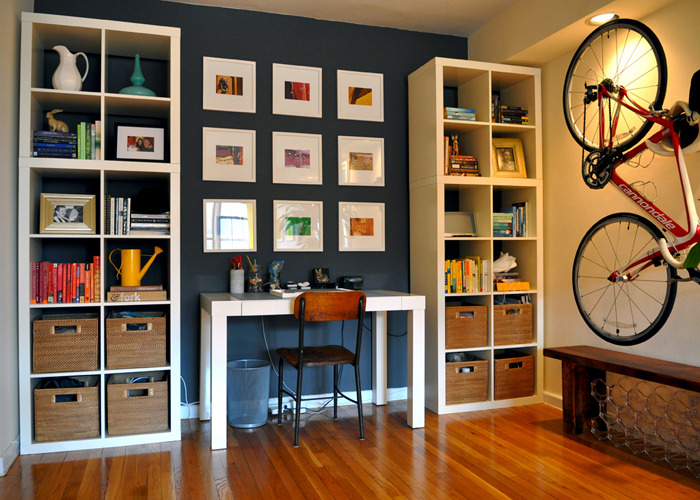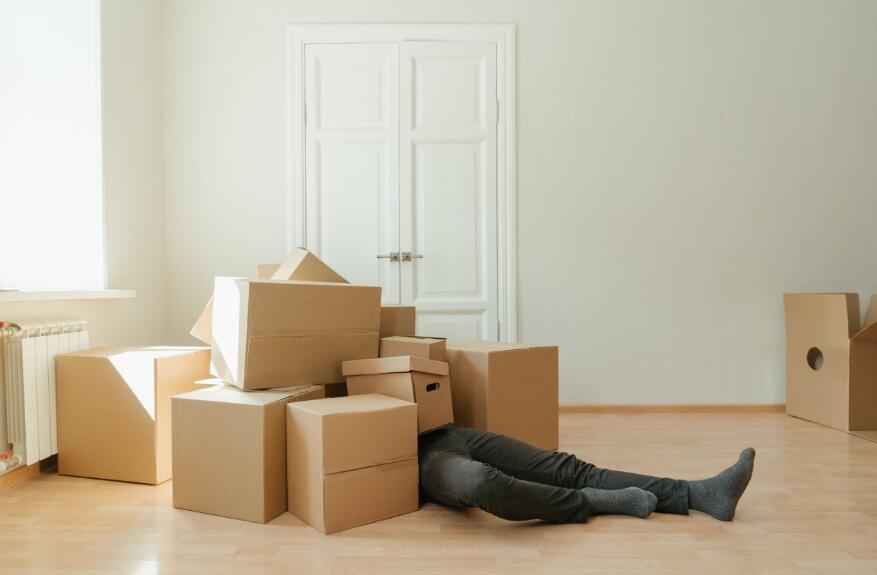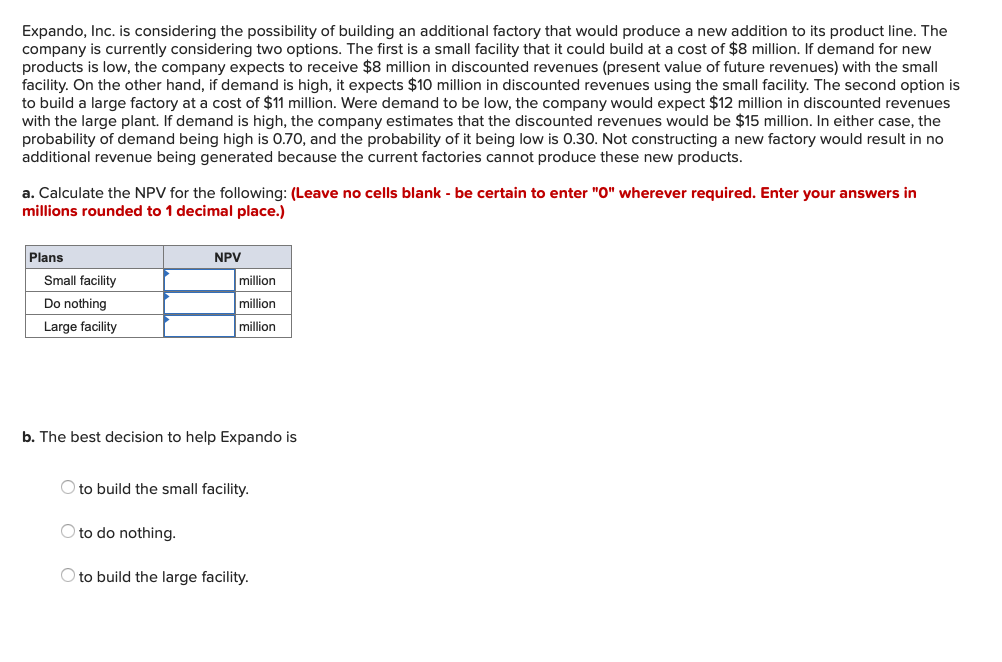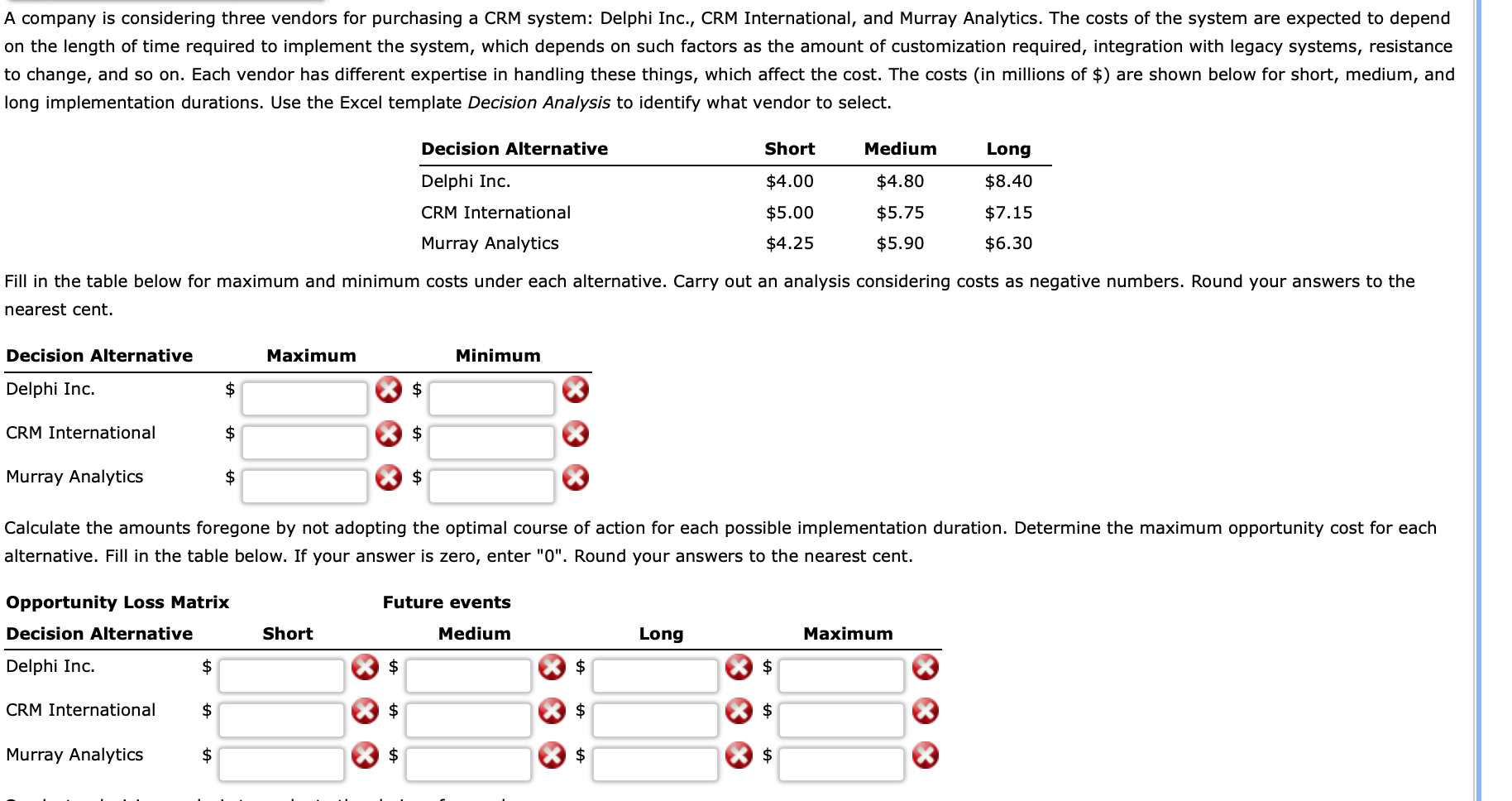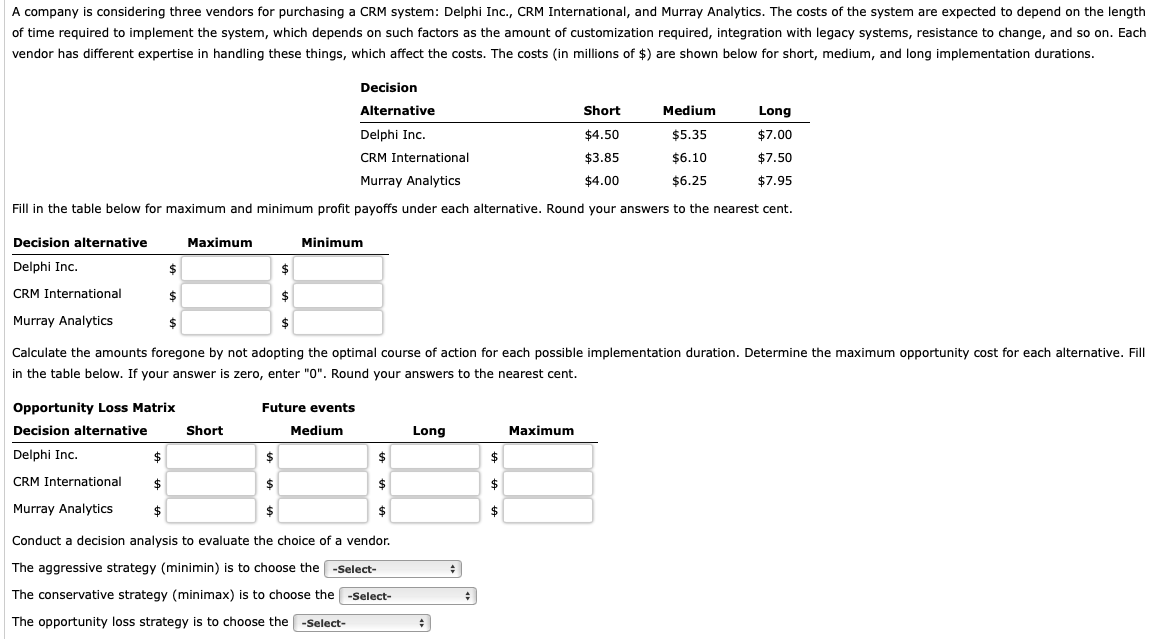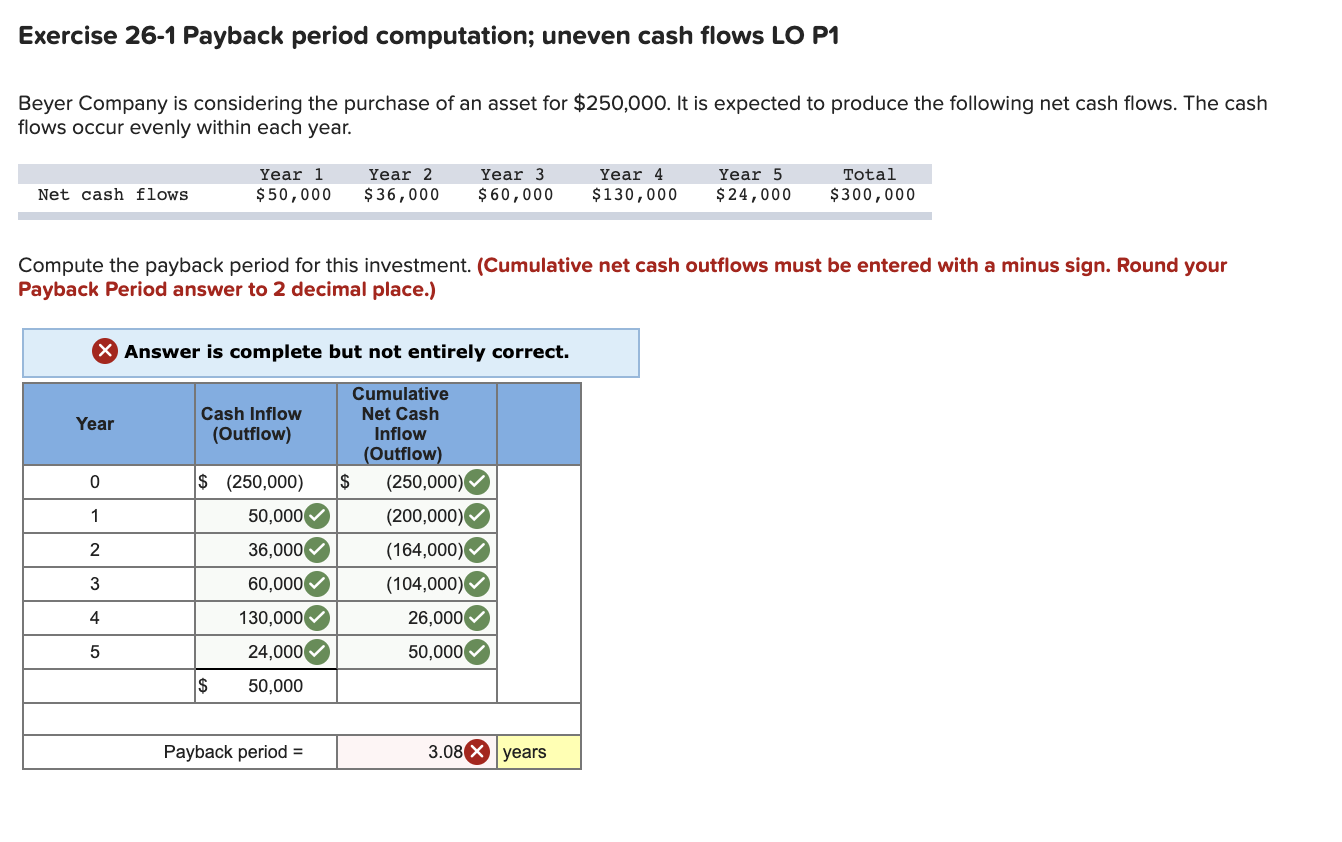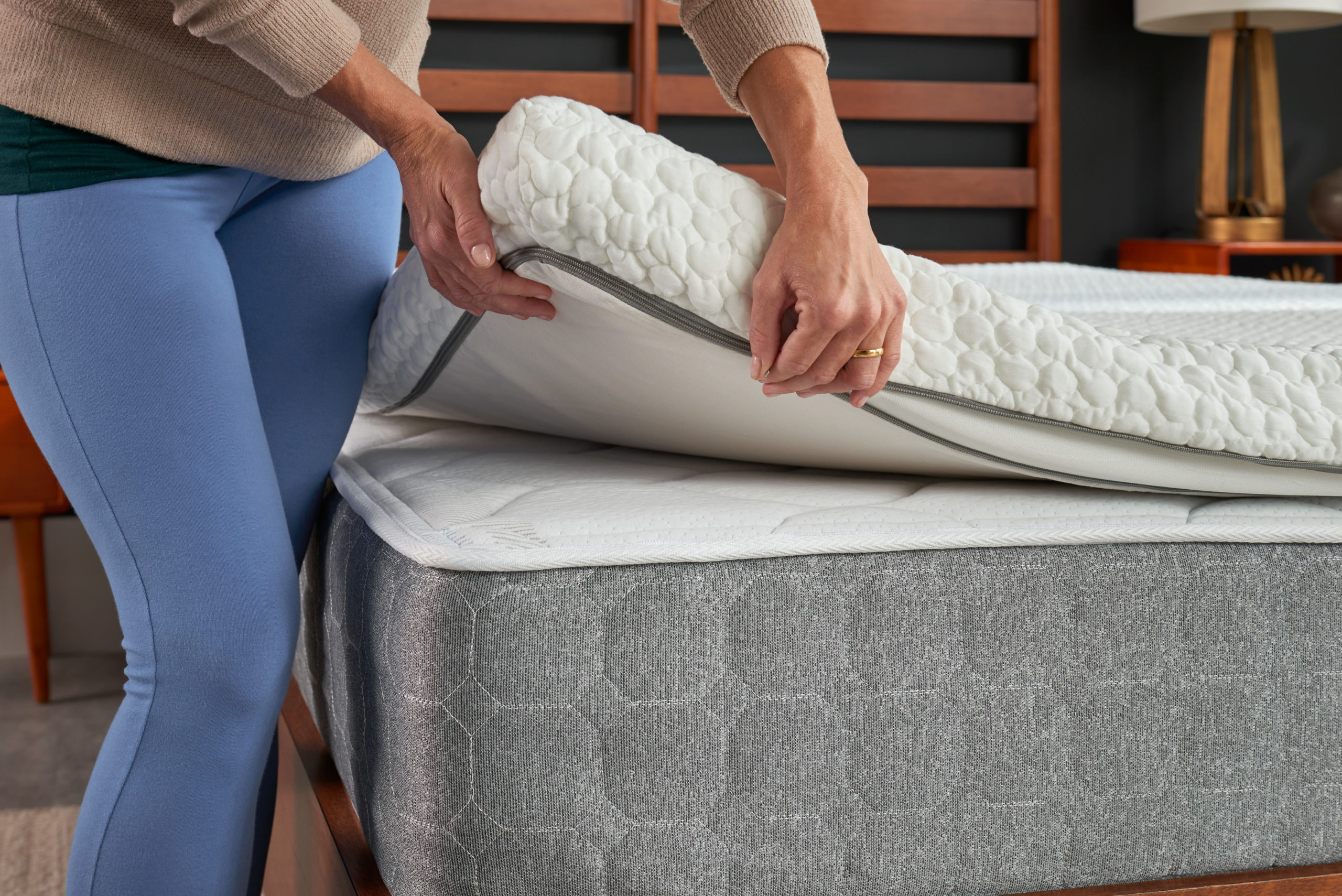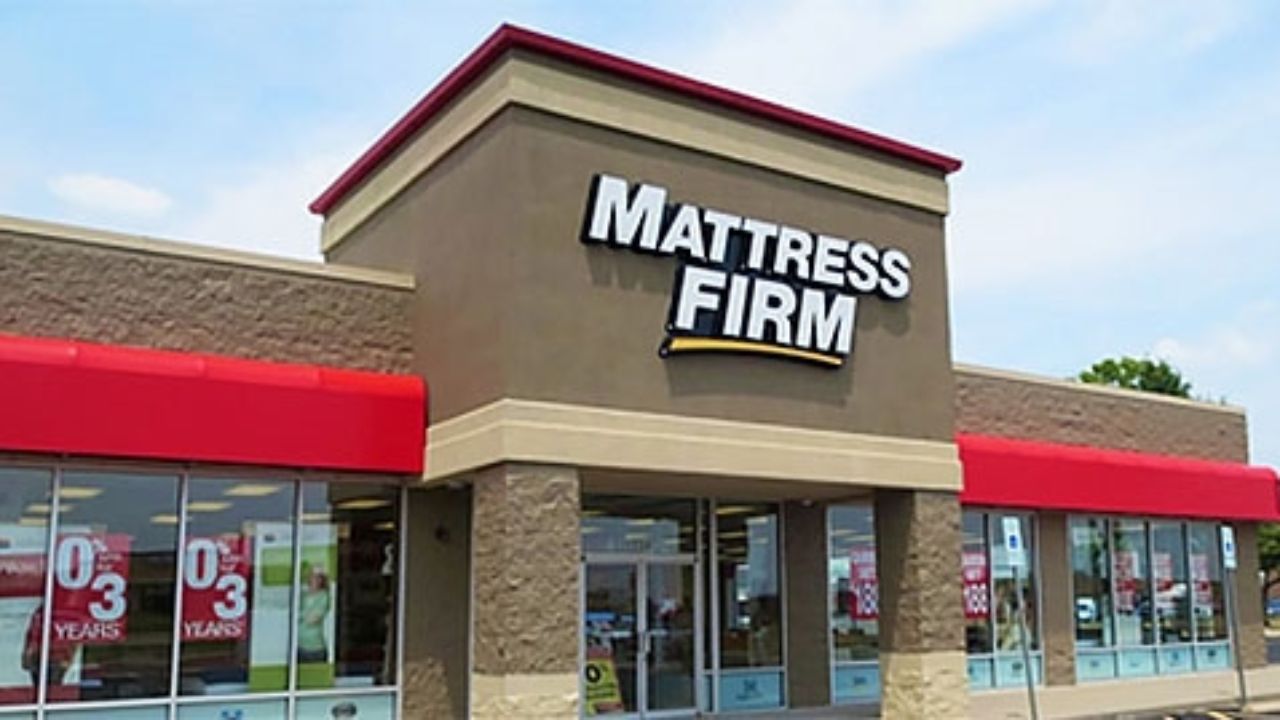Lighting is often overlooked in kitchen design, but it can make a huge difference in how your space looks and feels. Poor lighting can make a kitchen feel dark, cramped, and uninviting. It can also make it difficult to see what you're doing while cooking or preparing food. To avoid this mistake, make sure to include a combination of ambient, task, and accent lighting in your kitchen design. This will not only improve the overall aesthetic of your space, but also make it more functional and practical to use.1. Poor Lighting
One of the most common mistakes in kitchen design is not having enough counter space. This can make it difficult to prep and cook meals, especially if you have a small kitchen. To avoid this mistake, plan for enough counter space to accommodate all your cooking and prep needs. If space is limited, consider adding a kitchen island or utilizing vertical space with shelves or hanging racks.2. Lack of Counter Space
Another common mistake in kitchen design is not having enough storage. This can lead to cluttered countertops and a disorganized space. To avoid this, make sure to plan for enough storage to keep your kitchen essentials and appliances out of sight. This could include cabinets, drawers, and pantry space. Utilize the vertical space in your kitchen by installing shelves or hanging racks for additional storage.3. Inadequate Storage
Choosing the wrong layout for your kitchen can have a big impact on its functionality and flow. For example, a galley kitchen may not be the best choice for someone who loves to entertain and needs more space for guests to gather. Before deciding on a layout, consider your cooking habits, the size of your kitchen, and your lifestyle. This will help you choose a layout that works best for you.4. Choosing the Wrong Layout
When designing a kitchen, it's important to think about the workflow. This refers to the movement and flow of people and tasks in the kitchen. For example, the sink, stove, and refrigerator should be placed in a way that creates a natural and efficient flow. Consider how you move around in the kitchen and plan your layout accordingly.5. Not Considering Workflow
The triangle rule is an important principle in kitchen design that refers to the distance between the sink, stove, and refrigerator. These are the three main work areas in a kitchen, and they should be placed in a way that creates a triangular shape. This makes it easy to move between these areas while cooking and prepping meals. Ignoring this rule can lead to an inefficient and frustrating kitchen layout.6. Ignoring the Triangle Rule
Ventilation is an essential aspect of any kitchen, but it's often overlooked in the design process. Without proper ventilation, cooking smells and smoke can linger in your kitchen and make it uncomfortable to use. Make sure to plan for a range hood or other ventilation system to keep your kitchen smelling fresh and clean.7. Not Planning for Ventilation
When designing a kitchen, it's easy to get caught up in the big picture and forget about the smaller details. However, these details can make a big difference in the overall look and functionality of your space. This includes things like hardware, lighting fixtures, and backsplash. Don't overlook these details, as they can add character and personality to your kitchen.8. Forgetting About the Details
As mentioned before, utilizing vertical space is essential in a small kitchen. But even in larger kitchens, it's important to make use of this often overlooked area. Installing shelves, hanging racks, or adding cabinets that reach all the way up to the ceiling can provide you with much-needed storage space and add visual interest to your kitchen.9. Not Utilizing Vertical Space
When designing a kitchen, it's important to think about your future needs. Are you planning on expanding your family? Will your needs and preferences change over time? It's important to consider these things when designing your kitchen to ensure that it will continue to meet your needs in the future. This will save you from having to make expensive renovations down the line. In conclusion, avoiding these top 10 kitchen design mistakes can help you create a functional, practical, and beautiful space that you'll love spending time in. Remember to plan for adequate lighting, counter space, and storage, choose a layout that works for your needs, consider workflow and the triangle rule, and pay attention to the details. Don't forget to utilize vertical space and think about your future needs. By keeping these things in mind, you can avoid common design mistakes and create a kitchen that you'll be proud of for years to come.10. Not Considering the Future
The Importance of Proper Lighting in Kitchen Design

Don't Make These Kitchen Design Mistakes
 When it comes to kitchen design, there are many factors to consider in order to achieve a functional and aesthetically pleasing space. From choosing the right layout to selecting the perfect color palette, the design process can be overwhelming. However, there is one crucial element that is often overlooked - lighting.
Proper lighting is essential in kitchen design as it not only affects the overall ambiance of the space, but it also plays a significant role in the functionality and safety of the room.
One of the most common mistakes in kitchen design is inadequate lighting.
Insufficient lighting can make the space feel dark and cramped, making it difficult to navigate and work in.
It is important to have a variety of lighting sources in the kitchen, including task lighting for food preparation, ambient lighting for overall illumination, and accent lighting to highlight specific features or areas.
Consider incorporating different types of lighting, such as recessed lights, pendant lights, and under-cabinet lights, to create a well-lit and visually appealing kitchen.
Another mistake to avoid is not considering the natural light in the kitchen.
Natural light not only adds a warm and inviting atmosphere to the space, but it also helps save on energy costs.
When designing your kitchen, take into account the location of windows and how the natural light will flow into the room.
Make sure to avoid blocking any windows with cabinets or other fixtures and consider adding skylights or larger windows if possible.
In addition to the type and placement of lighting, the color temperature of the light is also important to consider.
Warm lighting can create a cozy and inviting atmosphere, while cooler lighting can make the space feel more sterile and clinical.
It is important to choose the right bulbs for your lighting fixtures and to keep consistency in color temperature throughout the kitchen for a cohesive look.
In conclusion, proper lighting is crucial in kitchen design and should not be overlooked.
A well-lit kitchen not only enhances the overall design, but it also improves functionality and safety.
Avoid these common lighting mistakes and carefully consider the type, placement, and color temperature of lighting in your kitchen design. By doing so, you can create a beautiful and functional space that you will enjoy for years to come.
When it comes to kitchen design, there are many factors to consider in order to achieve a functional and aesthetically pleasing space. From choosing the right layout to selecting the perfect color palette, the design process can be overwhelming. However, there is one crucial element that is often overlooked - lighting.
Proper lighting is essential in kitchen design as it not only affects the overall ambiance of the space, but it also plays a significant role in the functionality and safety of the room.
One of the most common mistakes in kitchen design is inadequate lighting.
Insufficient lighting can make the space feel dark and cramped, making it difficult to navigate and work in.
It is important to have a variety of lighting sources in the kitchen, including task lighting for food preparation, ambient lighting for overall illumination, and accent lighting to highlight specific features or areas.
Consider incorporating different types of lighting, such as recessed lights, pendant lights, and under-cabinet lights, to create a well-lit and visually appealing kitchen.
Another mistake to avoid is not considering the natural light in the kitchen.
Natural light not only adds a warm and inviting atmosphere to the space, but it also helps save on energy costs.
When designing your kitchen, take into account the location of windows and how the natural light will flow into the room.
Make sure to avoid blocking any windows with cabinets or other fixtures and consider adding skylights or larger windows if possible.
In addition to the type and placement of lighting, the color temperature of the light is also important to consider.
Warm lighting can create a cozy and inviting atmosphere, while cooler lighting can make the space feel more sterile and clinical.
It is important to choose the right bulbs for your lighting fixtures and to keep consistency in color temperature throughout the kitchen for a cohesive look.
In conclusion, proper lighting is crucial in kitchen design and should not be overlooked.
A well-lit kitchen not only enhances the overall design, but it also improves functionality and safety.
Avoid these common lighting mistakes and carefully consider the type, placement, and color temperature of lighting in your kitchen design. By doing so, you can create a beautiful and functional space that you will enjoy for years to come.





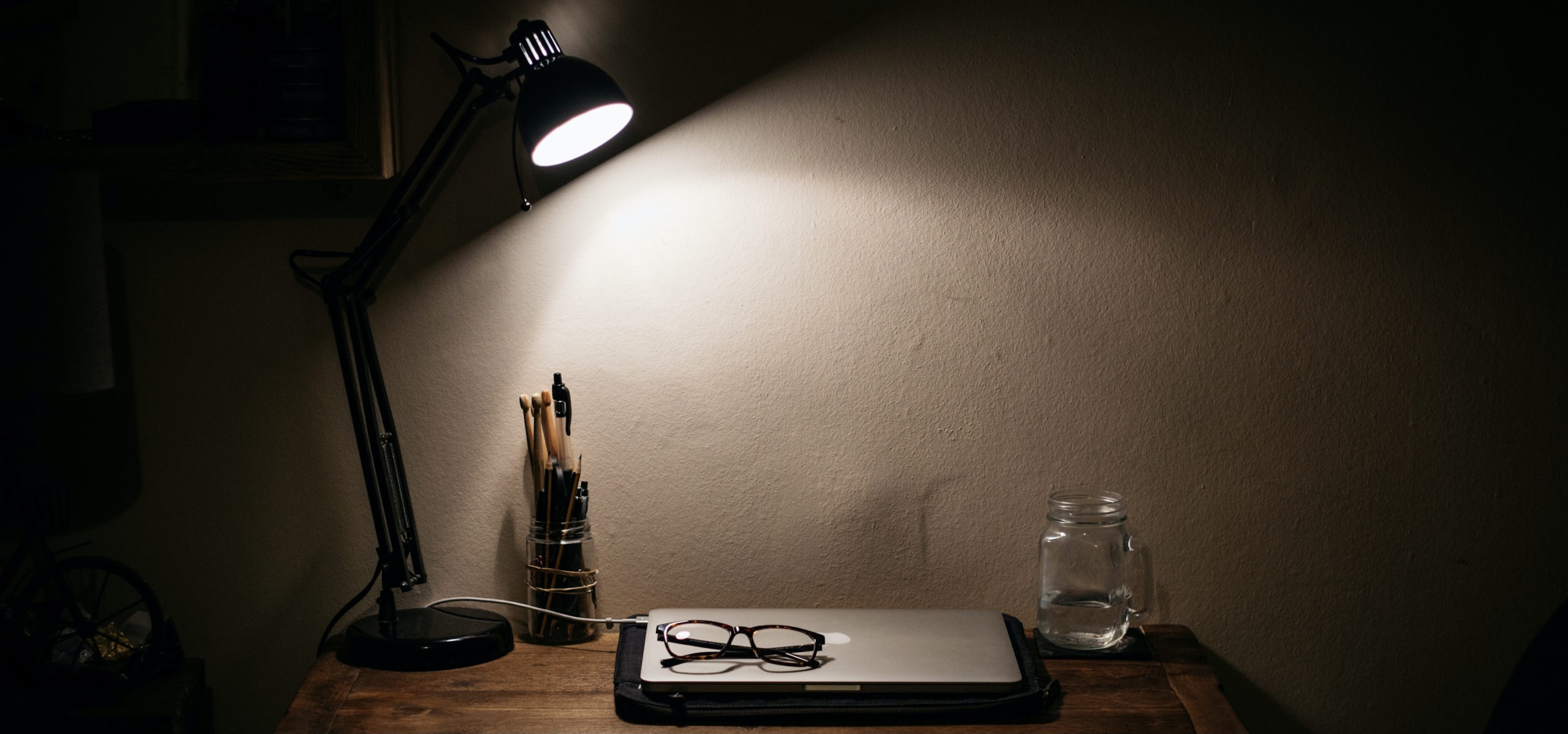

















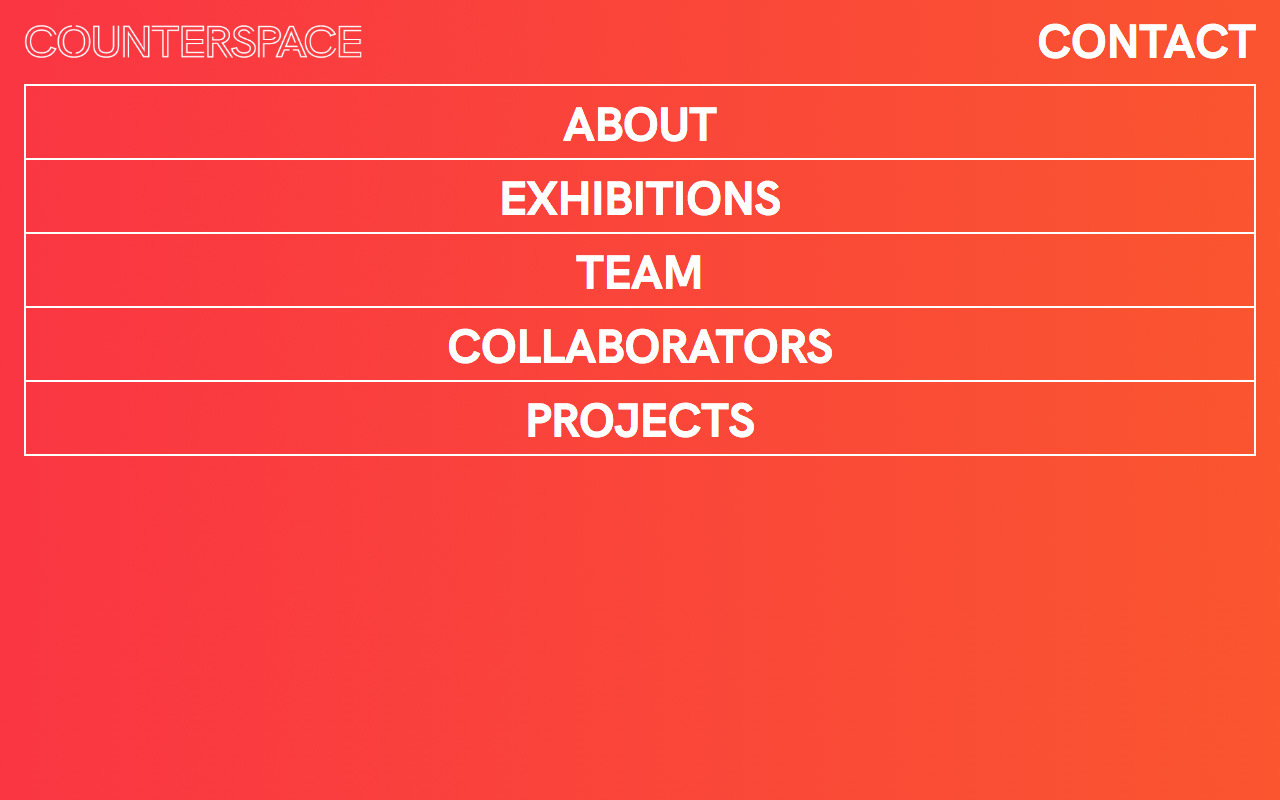
















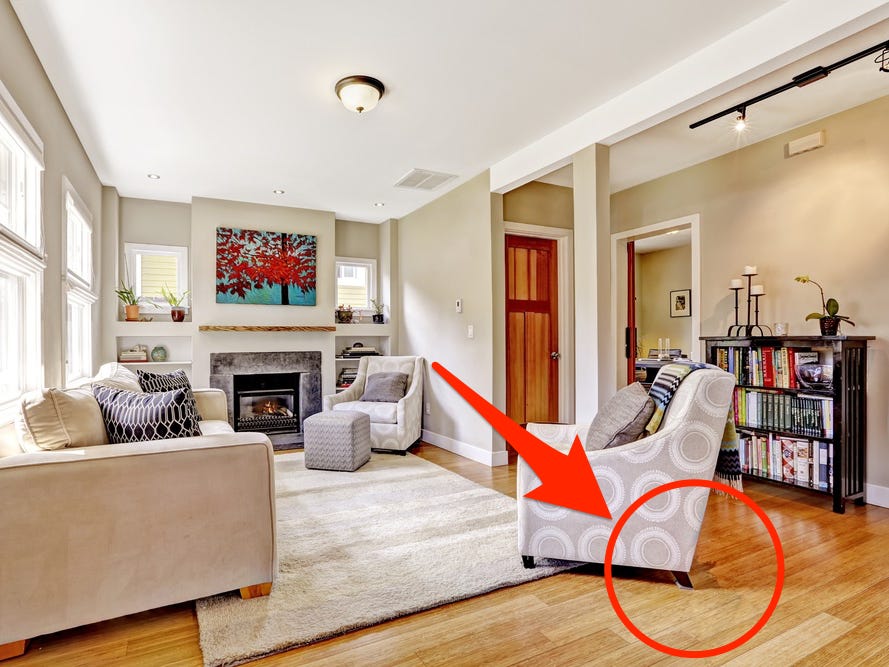


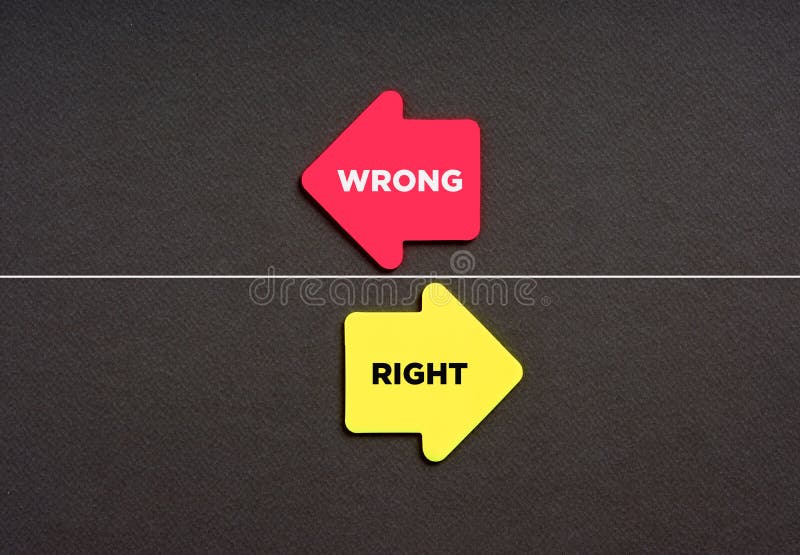



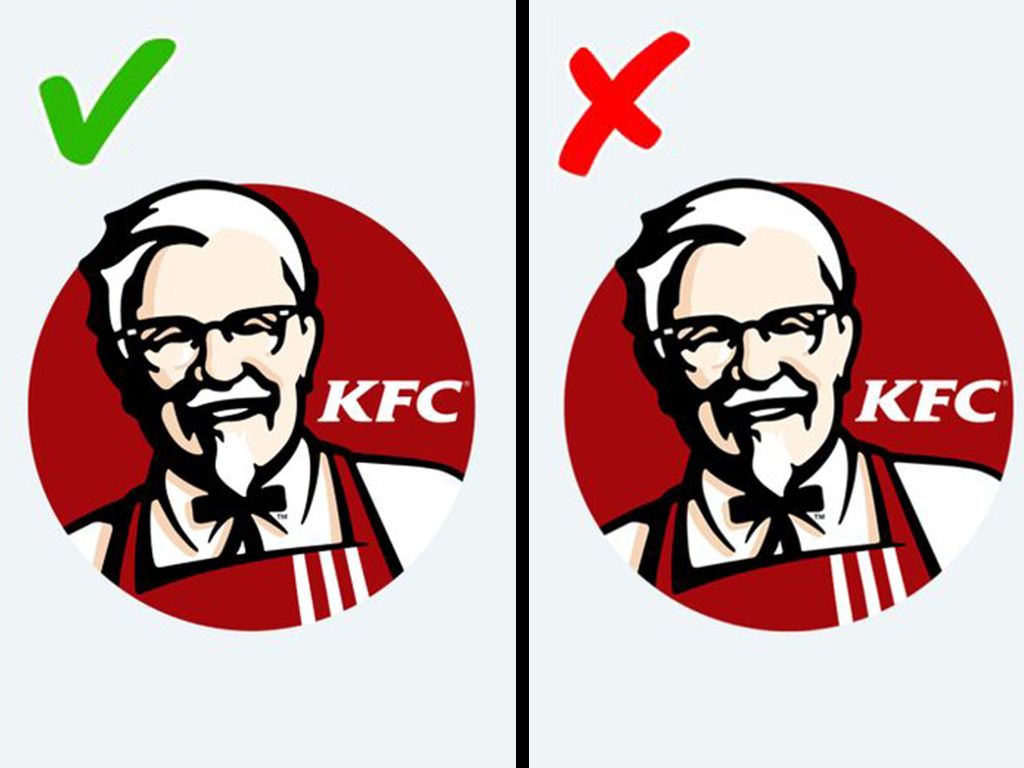
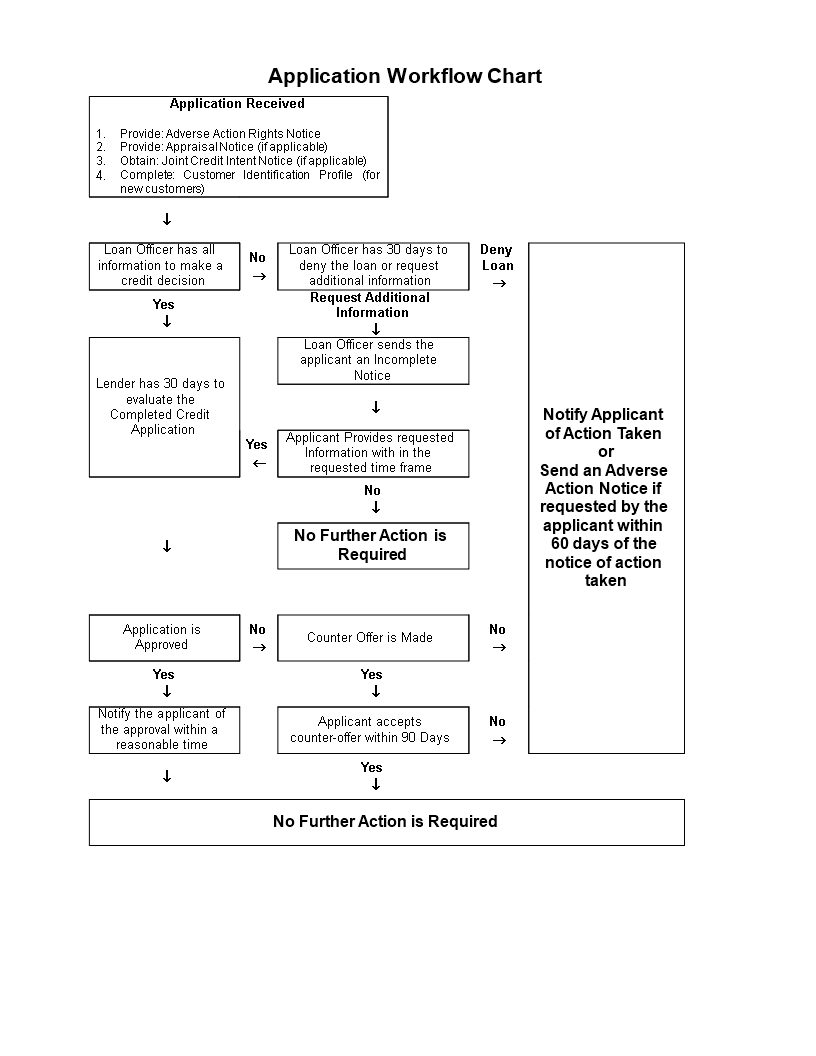



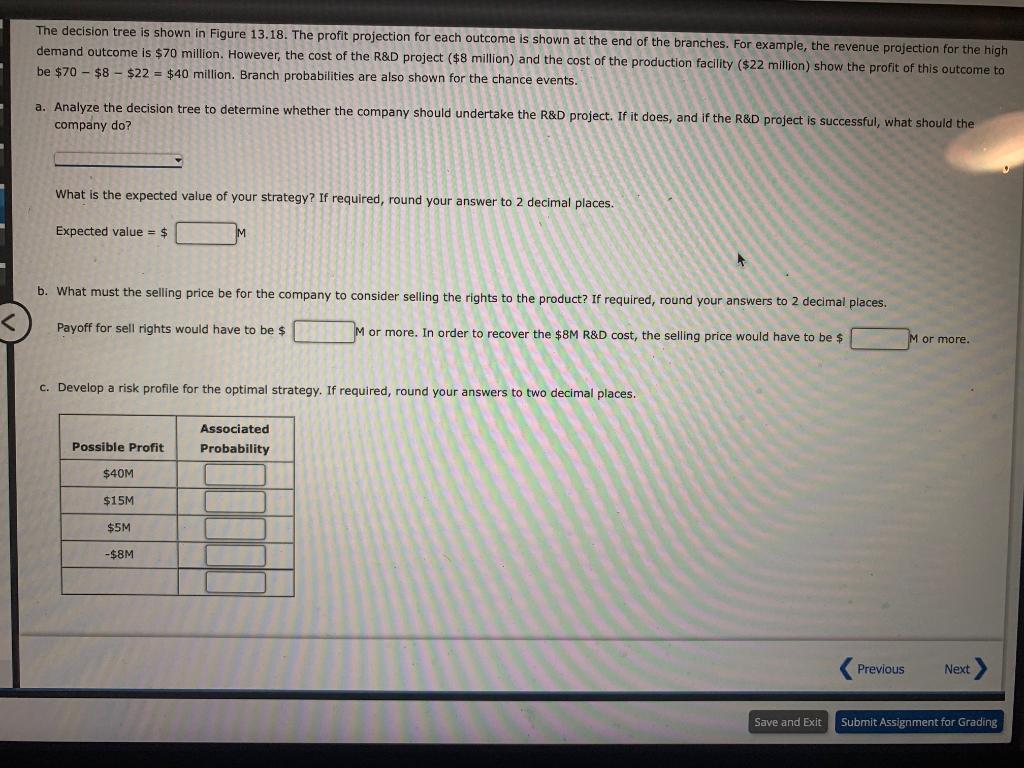
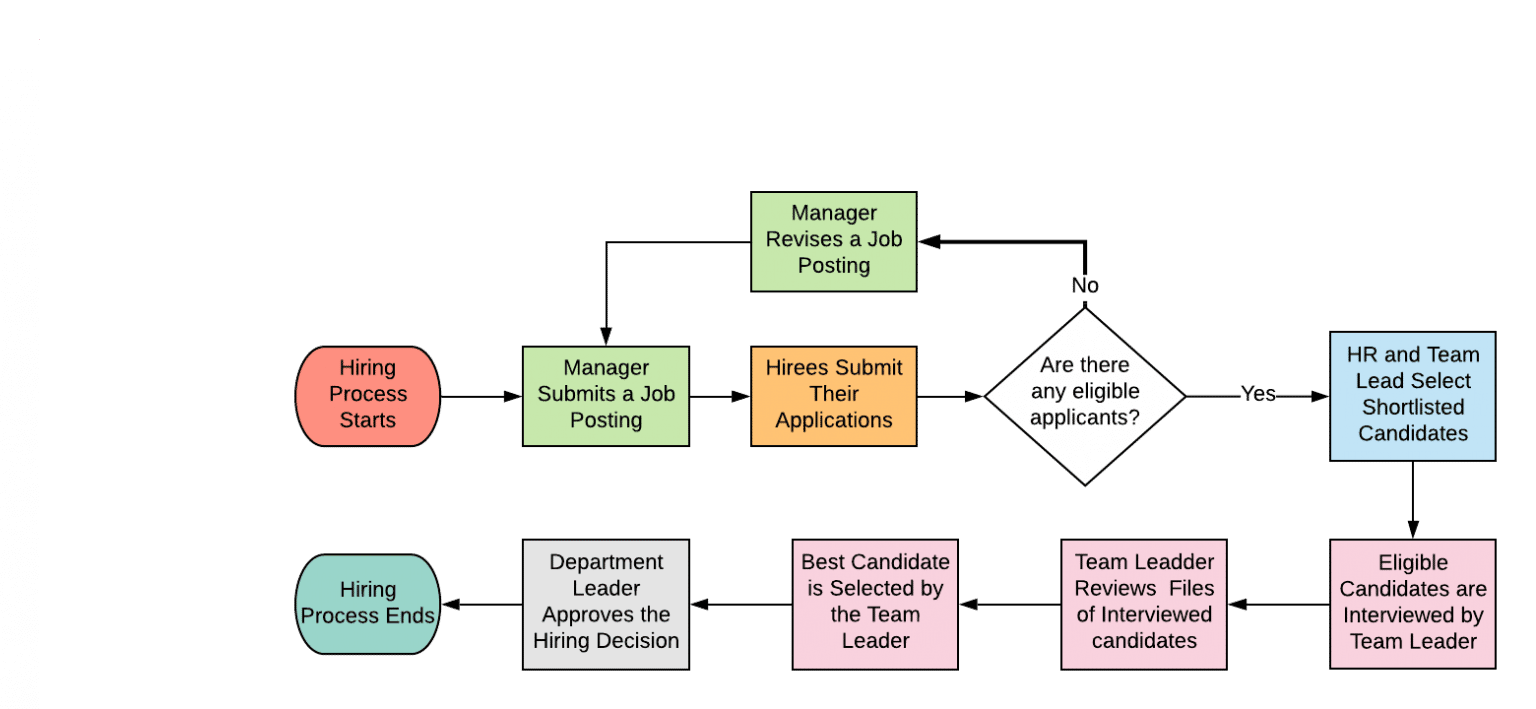
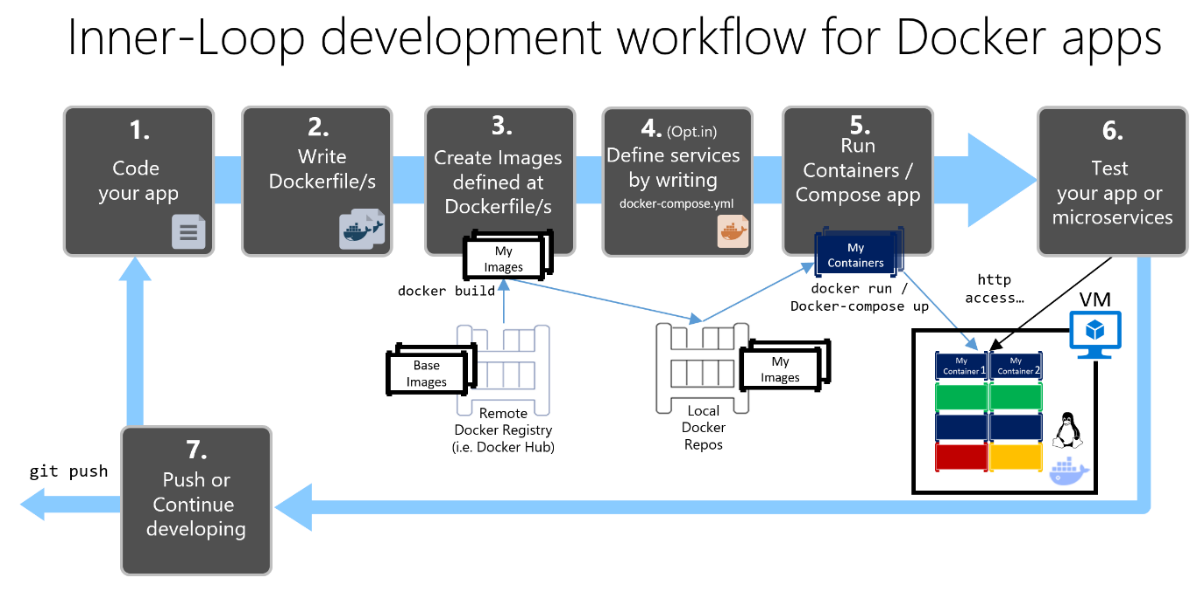
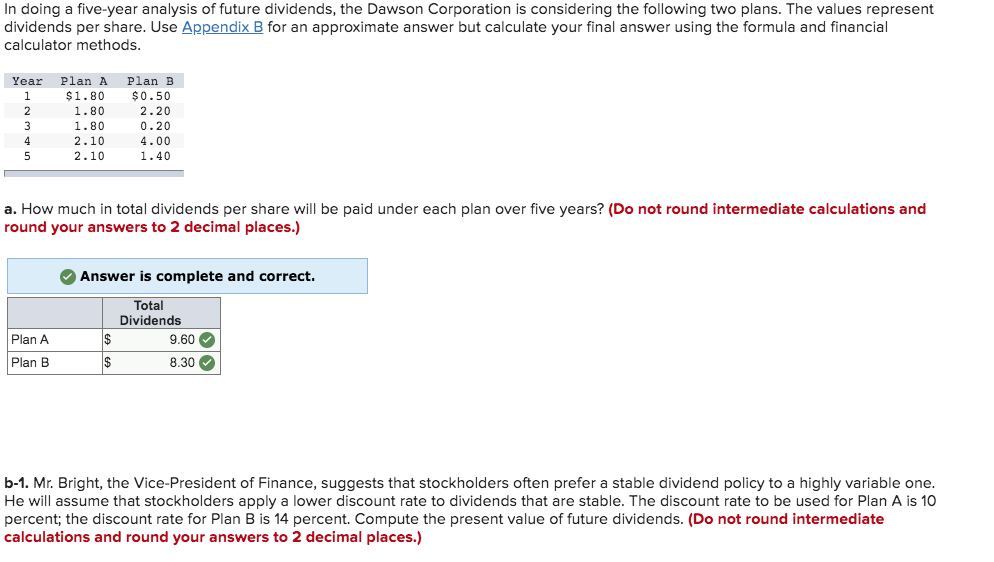


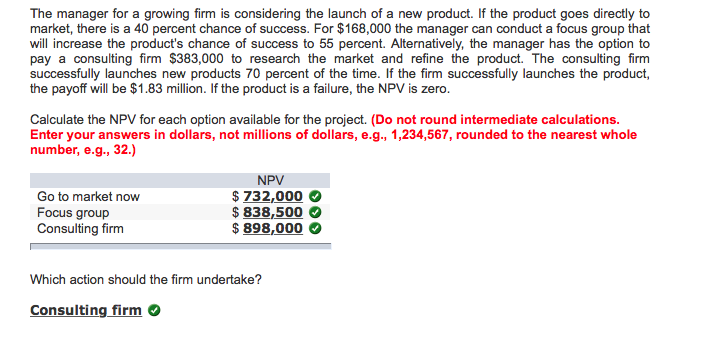

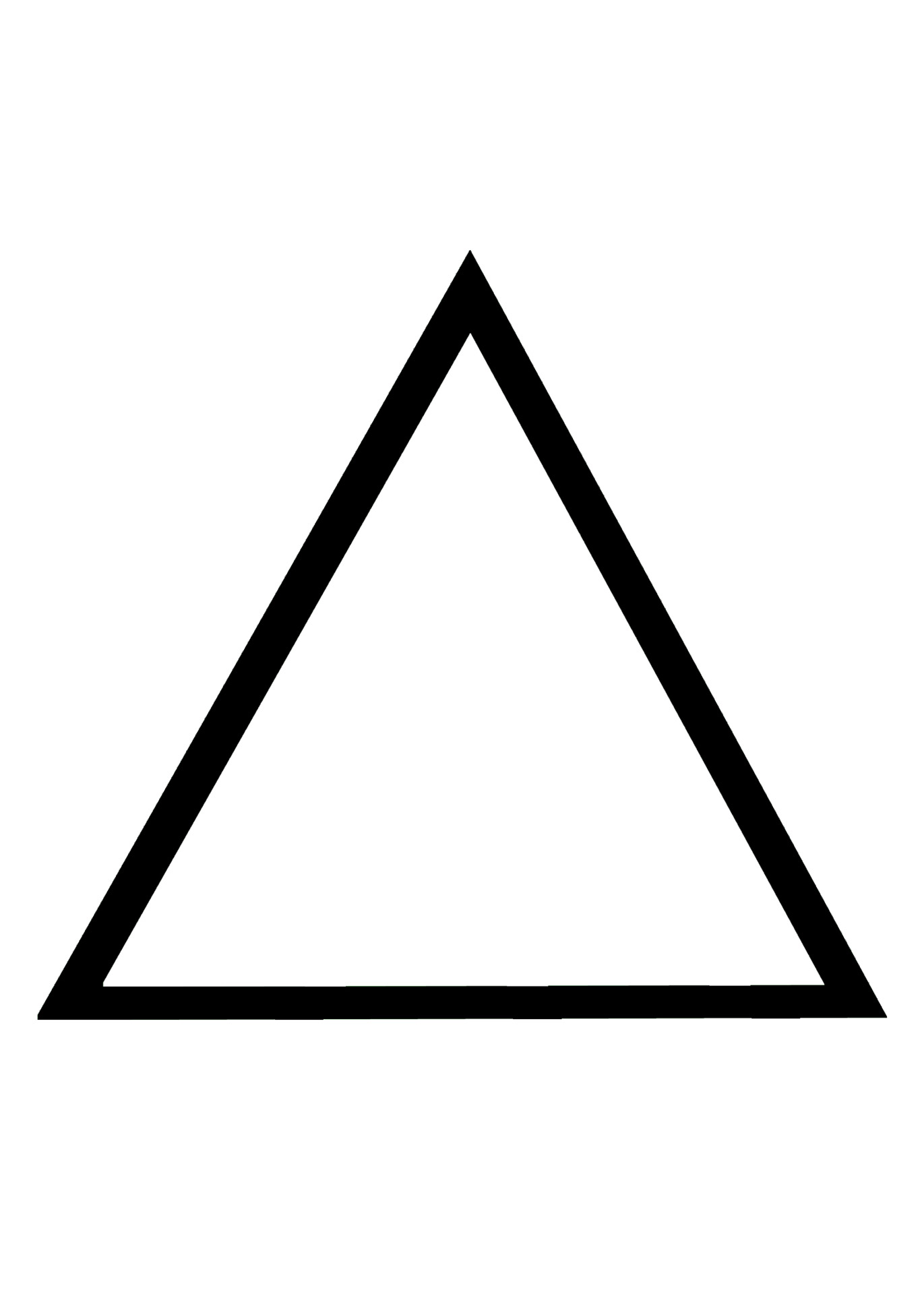



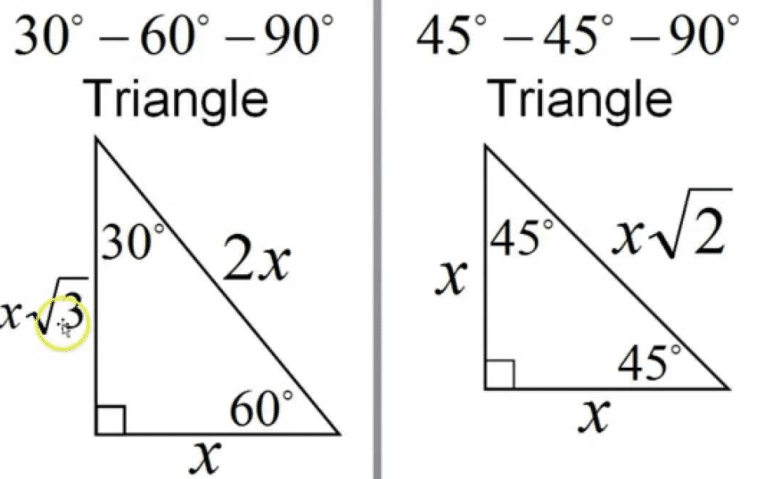




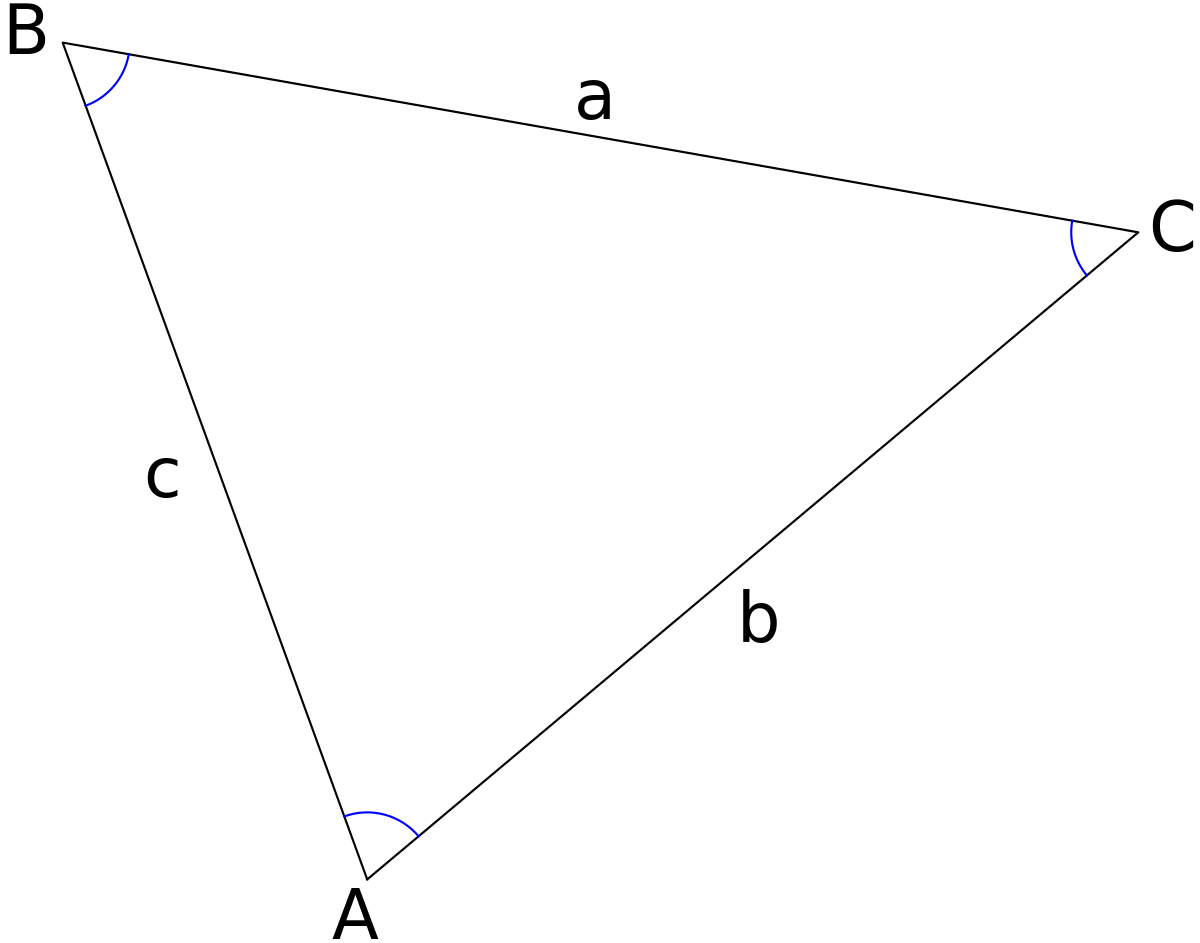
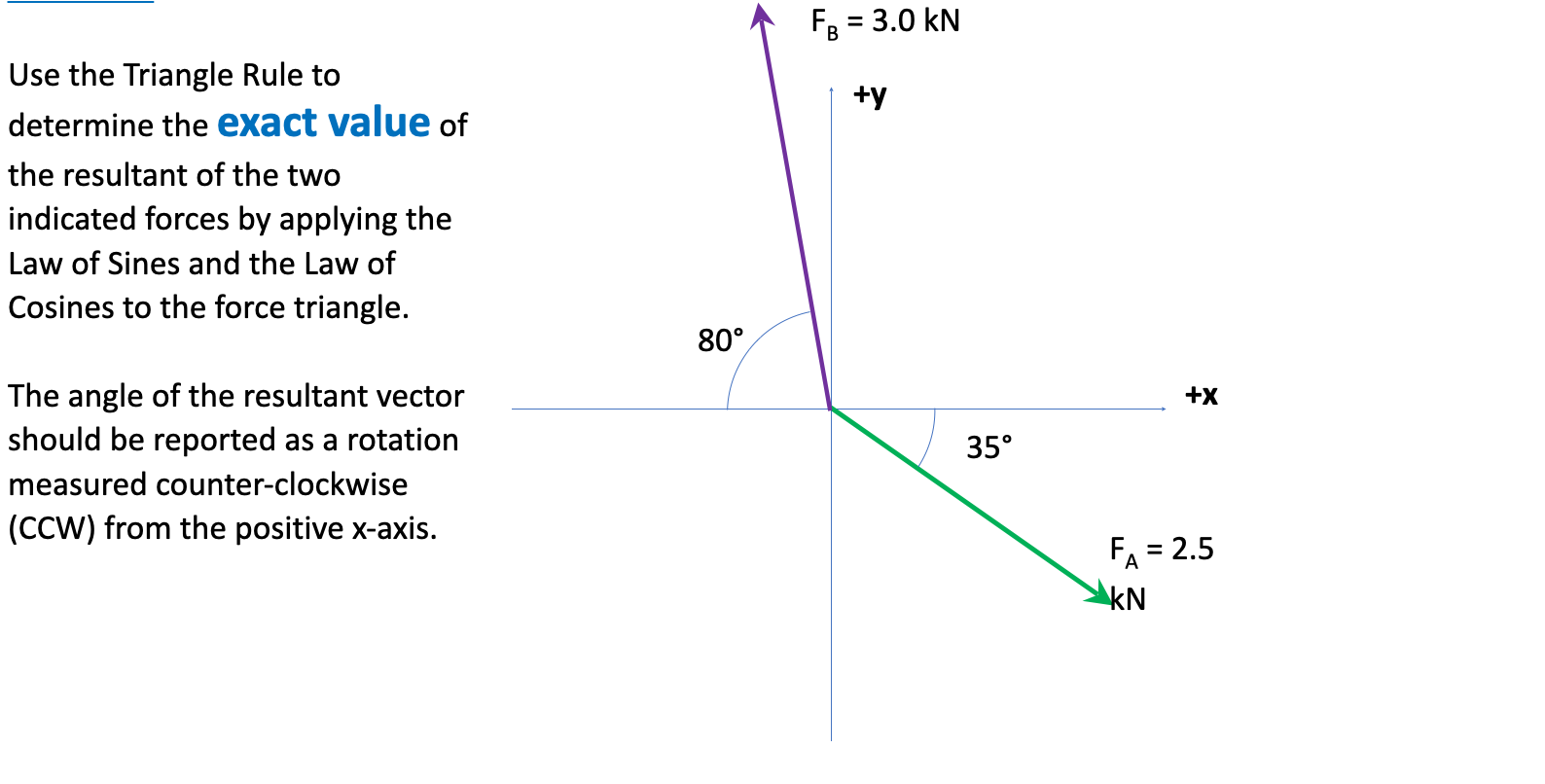
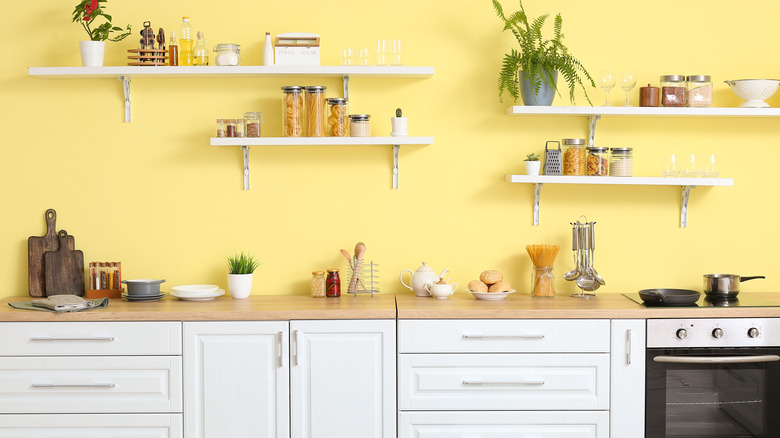







+(banner).jpg)




















